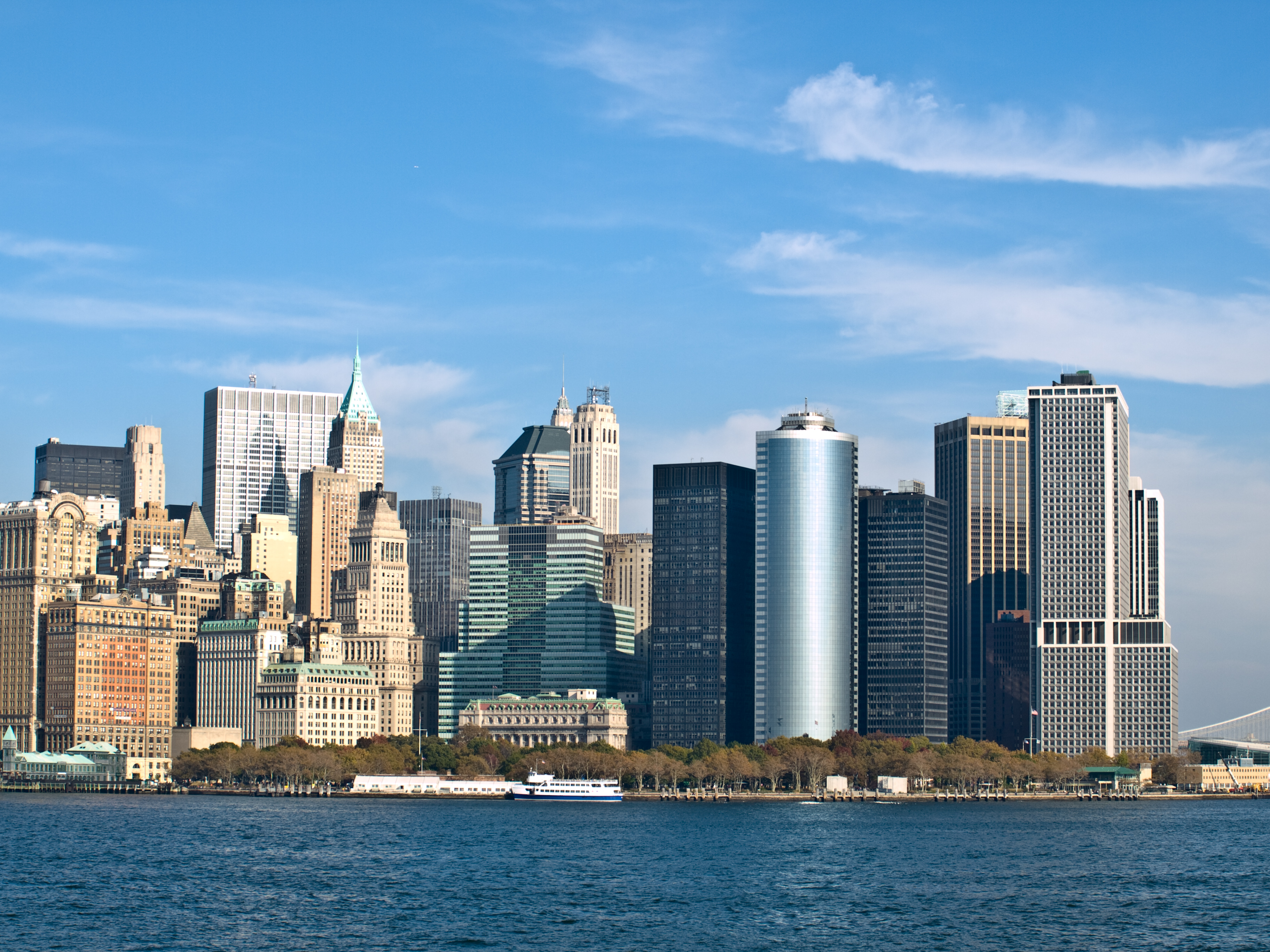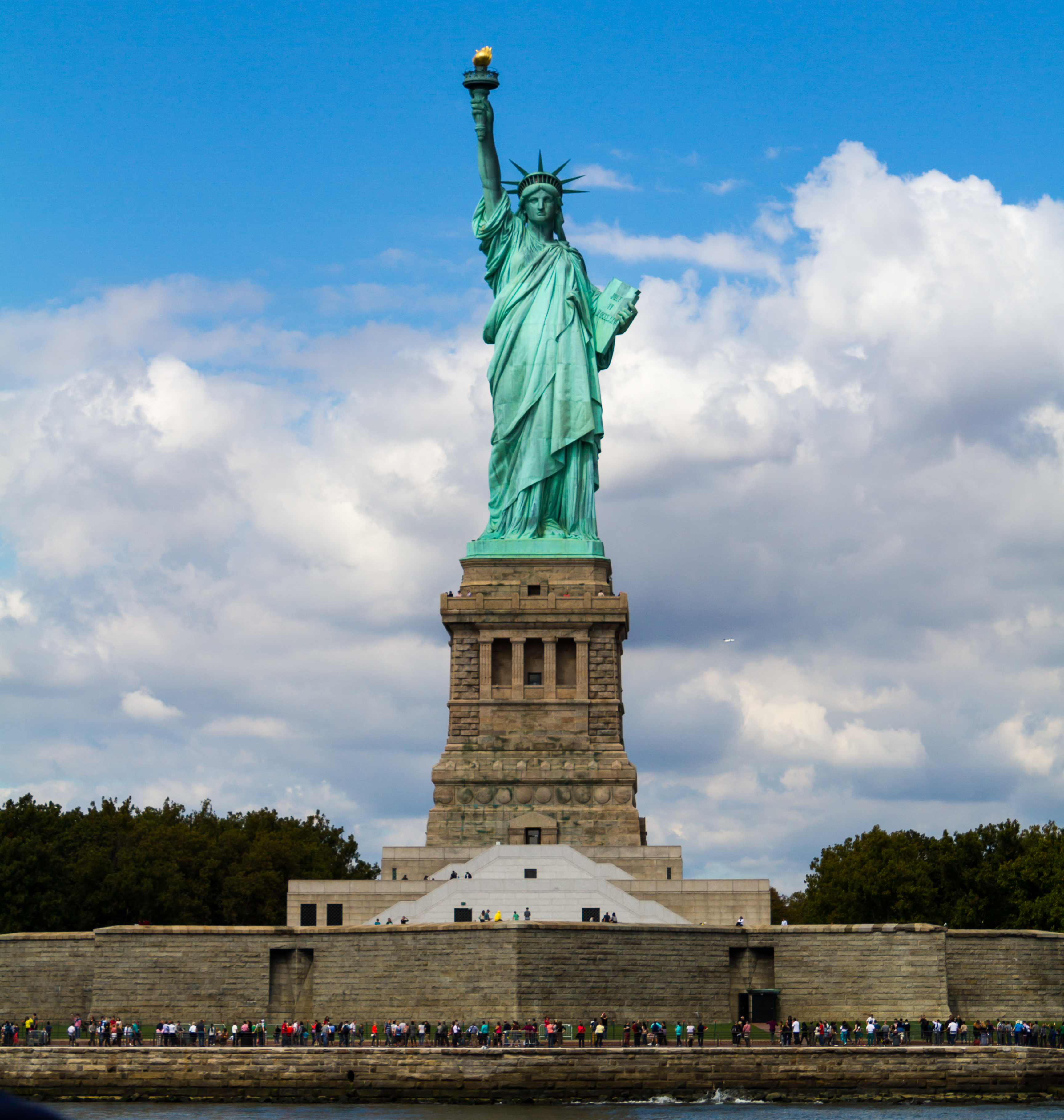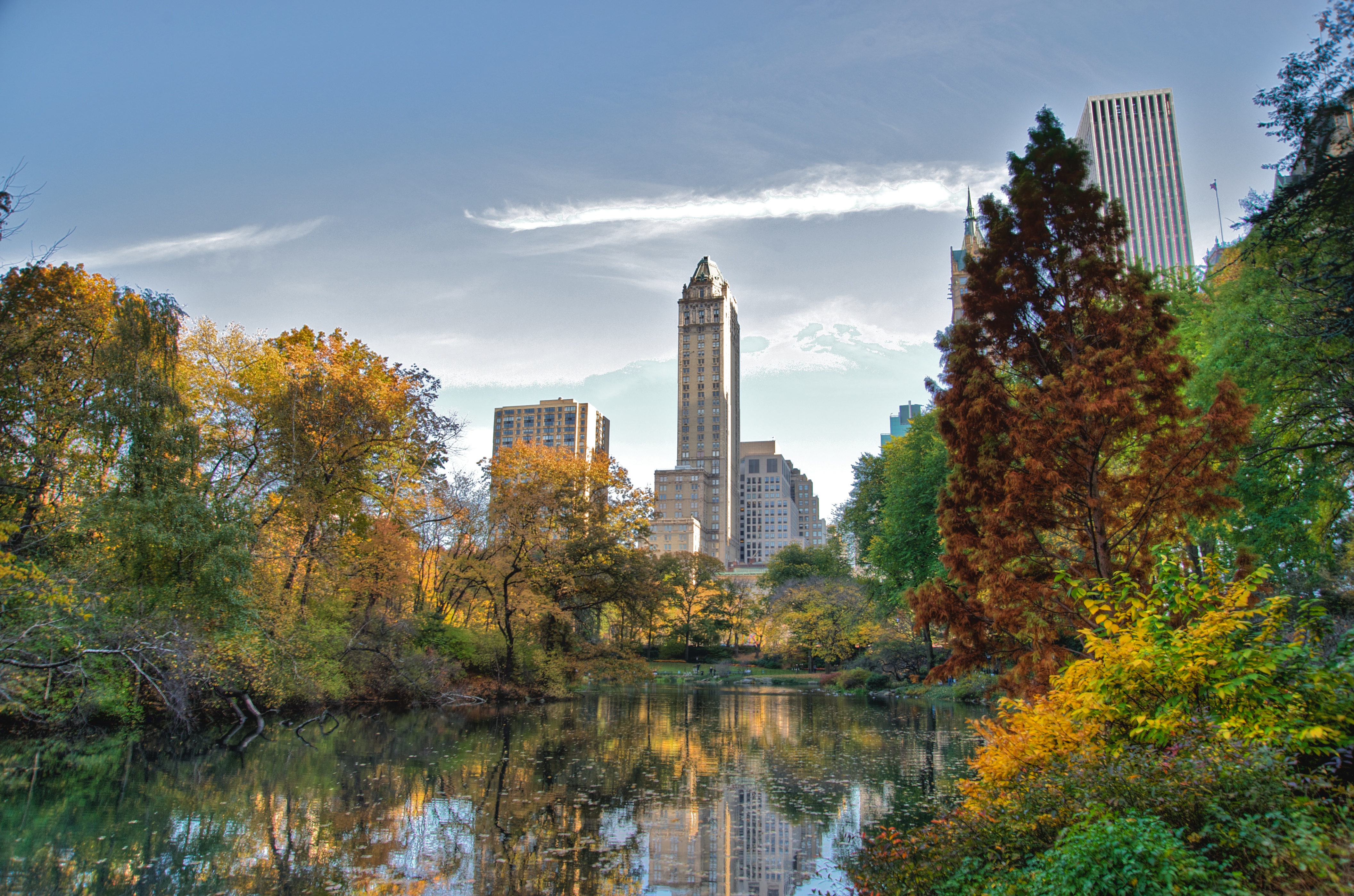
Mündliche Prüfung (Klasse 10) - Monolog/Präsentation (ESA)
Prüfungsvorbereitung - Mündliche Prüfung - Monolog/Präsentation
Zielsetzung:
Vorbereitung auf die mündliche Prüfung (ESA, HSA, BBR) durch das Halten eines Monologs zu einem vorgegebenen Thema.
Inhalte und Methoden:
Die Schüler:innen bereiten eine Präsentation auf Englisch vor, basierend auf bereitgestellten Hintergrundinformationen zu einem Thema.
- Erfassen und Strukturieren relevanter Inhalte
- Planung und Aufbau eines Monologs
- Verwendung von unterstützendem Vokabular und Redemitteln
Kompetenzen:
- Sicheres Sprechen in einer Prüfungssituation
- Strukturierte Darstellung von Informationen
- Anwendung von Redemitteln zur Präsentation
Zielgruppe:
Geeignet für die ESA-Abschlussprüfung im Fach Englisch, sowie für Hauptschulabschluss (HSA) und Berufbildungsreife (BBR).
69 other teachers use this template
Target group and level
Geeignet für die ESA-Abschlussprüfung im Fach Englisch, sowie für Hauptschulabschluss (HSA) und Berufbildungsreife (BBR).
Subjects
Mündliche Prüfung (Klasse 10) - Monolog/Präsentation (ESA)


Background information
Use the following text as background information on the topic of your presentation. Carefully read the text and mark or write down any relevant information.
New York City: An Overview
New York City, often referred to as NYC, is the most populous city in the United States. Located at the southern tip of New York State, it is one of the world's largest natural harbors. The city is known for its significant impact on commerce, finance, media, art, fashion, research, technology, education, and entertainment.
The Five Boroughs
New York City is made up of five boroughs, each with its own unique character:
- Manhattan: The heart of the city, known for its iconic skyline, Central Park, and Times Square.
- Brooklyn: Known for its cultural diversity, arts scene, and the famous Brooklyn Bridge.
- Queens: The most ethnically diverse urban area in the world, home to Flushing Meadows-Corona Park.
- The Bronx: Known for Yankee Stadium and the Bronx Zoo.
- Staten Island: Offers a suburban feel with its parks and the free Staten Island Ferry.
History
New York City has a rich history that dates back to its founding by Dutch settlers in 1624 as New Amsterdam. It was later renamed New York in honor of the Duke of York after the British took control in 1664. The city played a vital role during the American Revolution and became the first capital of the United States in 1789.
Major Attractions
New York City is home to many iconic landmarks and attractions:
- Statue of Liberty: A symbol of freedom and democracy.
- Times Square: Known for its bright lights, Broadway theaters, and bustling atmosphere.
- Central Park: A vast green space in the middle of Manhattan, offering various recreational activities.
- Empire State Building: An iconic skyscraper with an observation deck offering panoramic views of the city.
- Brooklyn Bridge: A historic bridge connecting Manhattan and Brooklyn, offering stunning views of the skyline.
Culture and Economy
NYC is a cultural melting pot, with over 200 languages spoken and a vibrant arts scene. It is a global hub for finance, with Wall Street being the heart of the financial district. The city's economy is diverse, with significant contributions from technology, healthcare, real estate, and tourism.
Education
The city boasts many prestigious universities and colleges, including New York University (NYU) and Columbia University. It is a center for higher education and research, attracting students from around the world.
Transportation
New York City has an extensive public transportation system, including subways, buses, and ferries. The city's grid layout makes it easy to navigate, whether by foot, bike, or car.
Fun Facts
- NYC was originally called New Amsterdam.
- The New York City subway system is one of the largest in the world, with 472 stations.
- Central Park is larger than the principality of Monaco.
- The city is home to the United Nations headquarters.
- Times Square is named after the New York Times, which moved its headquarters there in 1904.
Conclusion
New York City is a dynamic and vibrant metropolis that offers something for everyone. Its rich history, diverse culture, and endless attractions make it a fascinating place to explore and learn about. As you prepare for your English exams, understanding the key aspects of NYC will provide valuable insights into this iconic city.
Relevant Images

Source: Wikimedia Commons

Source: Wikimedia Commons
.jpg)
Source: Wikimedia Commons

Source: Wikimedia Commons
Source: Wikimedia Commons
Notes

Guide to preparing a presentation
Carefully read the following guide to preparing a presentation step-by-step.
Guide to Preparing a Presentation for English Class
Introduction:
Giving a presentation in English class is more than just talking. It's about sharing your ideas clearly, showing you understand the topic, and keeping your audience interested.
Steps to Follow:
1. Choose a Topic:
- Pick something interesting and related to politics, society, culture, or geography of an English-speaking country.
- Example: "The Government of the USA" or "Cultural Diversity in Canada."
2. Research:
- Find reliable information from books, articles, and trustworthy websites.
- Example: Use government websites or recent news articles to learn about the US political system.
3. Organize Your Presentation:
- Make a clear structure with an introduction, main points, and conclusion.
- Example: Start with an introduction, cover three main points, and end with a summary.
4. Introduction:
- Start with something interesting to grab attention.
- Example: "Did you know the US Constitution is over 230 years old?"
- Give some background on your topic.
- Example: "The US has a unique political system that influences the world."
- Outline what you will talk about.
- Example: "I will discuss the branches of government, the electoral process, and major political parties."
5. Main Points:
- Explain each point clearly with examples, facts, and statistics.
- Example: "The three branches of government are the executive, legislative, and judicial branches."
- Use pictures or charts to help explain.
- Example: Show a chart of the US government structure.
6. Context:
- Connect your topic to its historical or cultural background.
- Example: "The US system prevents any one branch from becoming too powerful, based on their history with British rule."
7. Personal Thoughts:
- Share your own views on the topic.
- Example: "I think the checks and balances system is fascinating because it ensures fair power distribution."
8. Conclusion:
- Summarize your main points briefly.
- Example: "The US government has three branches, an electoral process, and important political parties."
- End with a strong statement or question.
- Example: "How might the US political system change in the future?"
9. Practice:
- Practice your presentation several times. Focus on speaking clearly and at a good pace.
- Example: Record yourself or present to friends for feedback.
10. Get Feedback:
- Show your draft to teachers or classmates to get advice.
- Example: Ask for feedback on your content and delivery.
Key Points to Remember:
- Choose an interesting and relevant topic.
- Organize your presentation clearly.
- Use reliable sources and visual aids.
- Provide background information.
- Share your personal views.
- Practice and get feedback.
Good luck with your presentation!

Grammar
There are no specific guidelines for grammar that you have to follow when giving your presentation but make sure to use tenses correctly, as well as the appropriate grammatical phrases.

Vocabulary
Use the following list of vocabulary as a help for your presentation.
Vocabulary list for presentations
- introduction - Einführung
- in conclusion - abschließend
- moreover - außerdem
- furthermore - des Weiteren
- consequently - folglich
- therefore - daher
- however - jedoch
- on the other hand - andererseits
- for instance - zum Beispiel
- such as - wie zum Beispiel
- according to - laut
- in addition - zusätzlich
- as a result - infolgedessen
- in summary - zusammenfassend
- it is important to note - es ist wichtig zu beachten
- firstly - erstens
- secondly - zweitens
- finally - schließlich
- to emphasize - betonen
- to highlight - hervorheben
- to illustrate - veranschaulichen
- to discuss - diskutieren
- to compare - vergleichen
- to conclude - abschließen

Additional research
In addition to the information at the beginning of the worksheet, perform some additional research now. The sites below can provide you with important information.
1. Culture of New York City
Source: Wikipedia
URL: https://en.wikipedia.org/wiki/CultureofNewYorkCity
Description: Comprehensive overview of the cultural aspects of New York City, including arts, music, and diversity.
2. New York City’s Tapestry of Diversity: A Multicultural Melting Pot
Source: The Science Survey
URL: https://thesciencesurvey.com/features/2023/12/28/new-york-citys-tapestry-of-diversity-a-multicultural-melting-pot/
Description: Explores the rich diversity and cultural unity found in New York City's neighborhoods through its food and community life.
3. The culture that defines New York
Source: BBC
URL: https://www.bbc.com/culture/article/20200127-three-artworks-that-define-new-york
Description: Discussion of three iconic artworks from the interwar years that encapsulate New York City's cultural identity.
4. New York City: A Mosaic of Diverse Cultures and Towering Skyscrapers
Source: City Guide NY
URL: https://www.cityguideny.com/article/cultural-diversity-in-new-york-city
Description: Highlights the cultural diversity and iconic landmarks of New York City, such as Chinatown, Little Italy, and Harlem.
5. Exploring NYC’s Iconic Landmarks and the History Behind Them
Source: Visit NYC
URL: https://visitnyc.com/guide/exploring-nycs-iconic-landmarks-and-the-history-behind-them-7599/
Description: A guide to New York City's historical landmarks and their stories, reflecting the city's cultural and historical richness.
6. Politics of New York City
Source: Wikipedia
URL: https://en.wikipedia.org/wiki/PoliticsofNewYorkCity
Description: Detailed information on the political structure, budget, and governance of New York City.
7. The Political Influence of New York: A Closer Look
Source: NY Weekly
URL: https://nyweekly.com/politics/the-political-influence-of-new-york-a-closer-look/
Description: Examination of New York City's significant role in shaping political discourse and policies on national and international levels.
8. Geography of New York City
Source: Wikipedia
URL: https://en.wikipedia.org/wiki/GeographyofNewYorkCity
Description: Overview of New York City's geography, including its coastal position, boroughs, and demographic center.
9. New York City
Source: Britannica
URL: https://www.britannica.com/place/New-York-City
Description: Comprehensive information on New York City's layout, economy, culture, and history.
10. New York City’s Sociology and Infrastructure
Source: StudyCorgi
URL: https://studycorgi.com/new-york-citys-sociology-and-infrastructure/
Description: Analysis of the sociological aspects of New York City, including its development and infrastructure.
Notes

Practising the presentation
Use your notes as well as the vocabulary introduced in the worksheet and start practising your presentation. Try talking for about 4 minutes.
Once you're quite confident with your talk, present your presentation to your partner. They will fill out the feedback sheet below and give you feedback on what you did well and what you still can improve upon.
| Aspect | Yes/No | Ideas for Improvement |
|---|---|---|
| Introduction |
||
| Main points |
||
| Context Detailed background information |
||
| Personal reflection and analysis |
||
| Conclusion |
||
| Grammar |
||
| Vocabulary |
Sample solution
Did you know that New York City, often referred to as NYC, is the most populous city in the United States? Located at the southern tip of New York State, it is one of the world's largest natural harbors. The city is known for its significant impact on commerce, finance, media, art, fashion, research, technology, education, and entertainment. Today, I will discuss the culture of New York City, its diversity, and its iconic landmarks that define its cultural identity.
Firstly, let's talk about the cultural diversity in New York City. The city is made up of five boroughs, each with its own unique character. Manhattan is the heart of the city, known for its iconic skyline, Central Park, and Times Square. Brooklyn is known for its cultural diversity, arts scene, and the famous Brooklyn Bridge. Queens is the most ethnically diverse urban area in the world, home to Flushing Meadows-Corona Park. The Bronx is known for Yankee Stadium and the Bronx Zoo. Staten Island offers a suburban feel with its parks and the free Staten Island Ferry.
Moreover, New York City is a cultural melting pot, with over 200 languages spoken and a vibrant arts scene. According to a source from The Science Survey, New York City's neighborhoods reflect this rich diversity through their food and community life. For instance, you can find authentic Chinese cuisine in Chinatown, Italian food in Little Italy, and soul food in Harlem. This multiculturalism contributes to the city's dynamic and vibrant atmosphere.
Next, let's highlight some of the iconic landmarks that define New York City's cultural identity. The Statue of Liberty is a symbol of freedom and democracy. Times Square is known for its bright lights, Broadway theaters, and bustling atmosphere. Central Park is a vast green space in the middle of Manhattan, offering various recreational activities. The Empire State Building is an iconic skyscraper with an observation deck offering panoramic views of the city. The Brooklyn Bridge is a historic bridge connecting Manhattan and Brooklyn, offering stunning views of the skyline.
According to a source from BBC, three iconic artworks from the interwar years encapsulate New York City's cultural identity. These artworks include "The Great Gatsby" by F. Scott Fitzgerald, "Rhapsody in Blue" by George Gershwin, and "The Jazz Singer" by Al Jolson. These works highlight the city's vibrant arts scene and its role as a cultural hub.
Furthermore, New York City is a global hub for finance, with Wall Street being the heart of the financial district. The city's economy is diverse, with significant contributions from technology, healthcare, real estate, and tourism. According to a source from City Guide NY, the city's cultural diversity and iconic landmarks, such as Chinatown, Little Italy, and Harlem, attract millions of tourists each year. This tourism industry plays a crucial role in the city's economy.
In addition, New York City boasts many prestigious universities and colleges, including New York University (NYU) and Columbia University. It is a center for higher education and research, attracting students from around the world. The city's educational institutions contribute to its reputation as a global leader in research and innovation.
To illustrate the city's historical and cultural richness, let's explore some historical landmarks. According to a source from Visit NYC, landmarks such as the Statue of Liberty, Ellis Island, and the 9/11 Memorial reflect the city's history and resilience. These landmarks attract visitors from around the world and serve as reminders of the city's past and its cultural significance.
In conclusion, New York City is a dynamic and vibrant metropolis that offers something for everyone. Its rich history, diverse culture, and endless attractions make it a fascinating place to explore and learn about. The city's cultural diversity, iconic landmarks, and significant contributions to various industries highlight its global importance. How might the cultural landscape of New York City continue to evolve in the future? Thank you for listening to my presentation.
